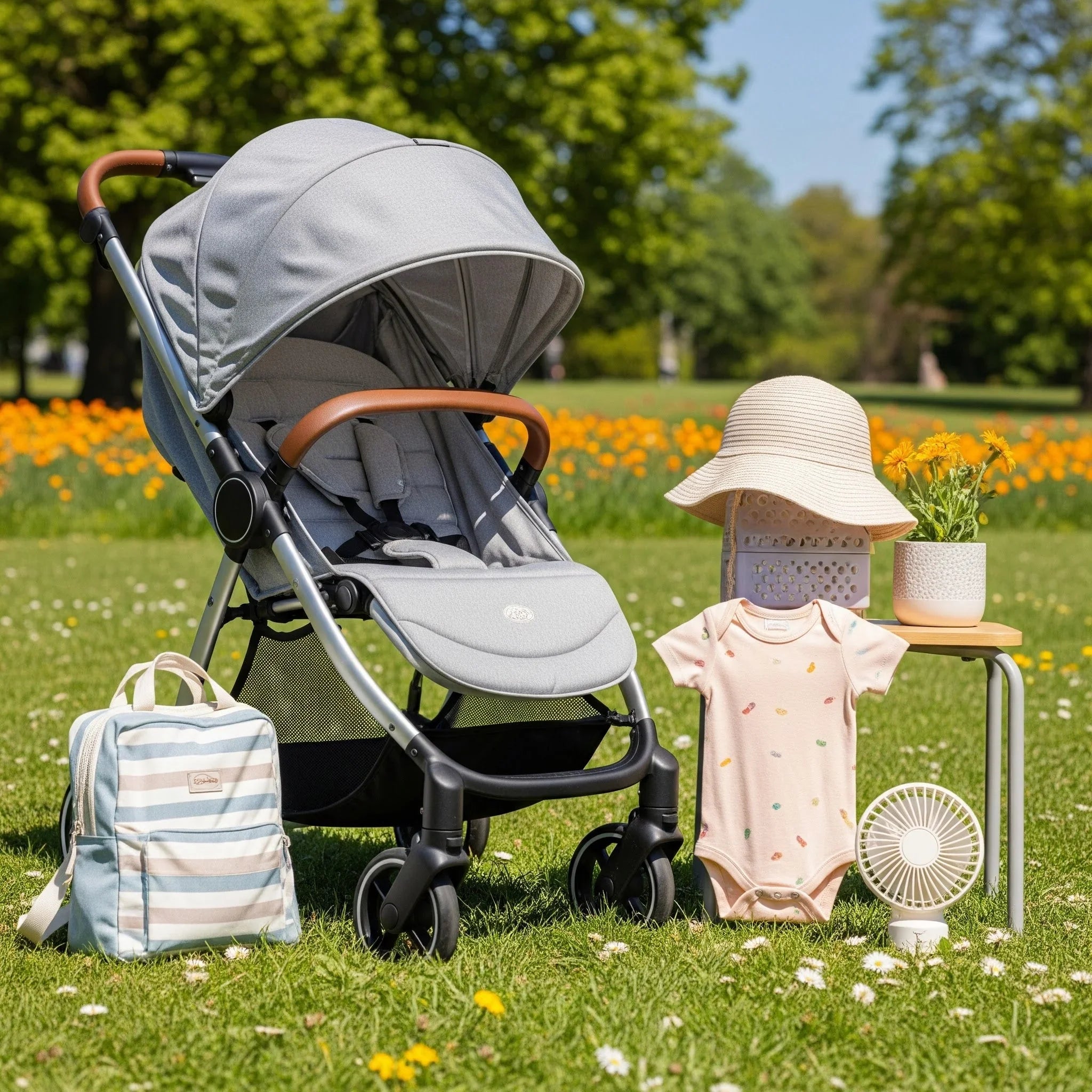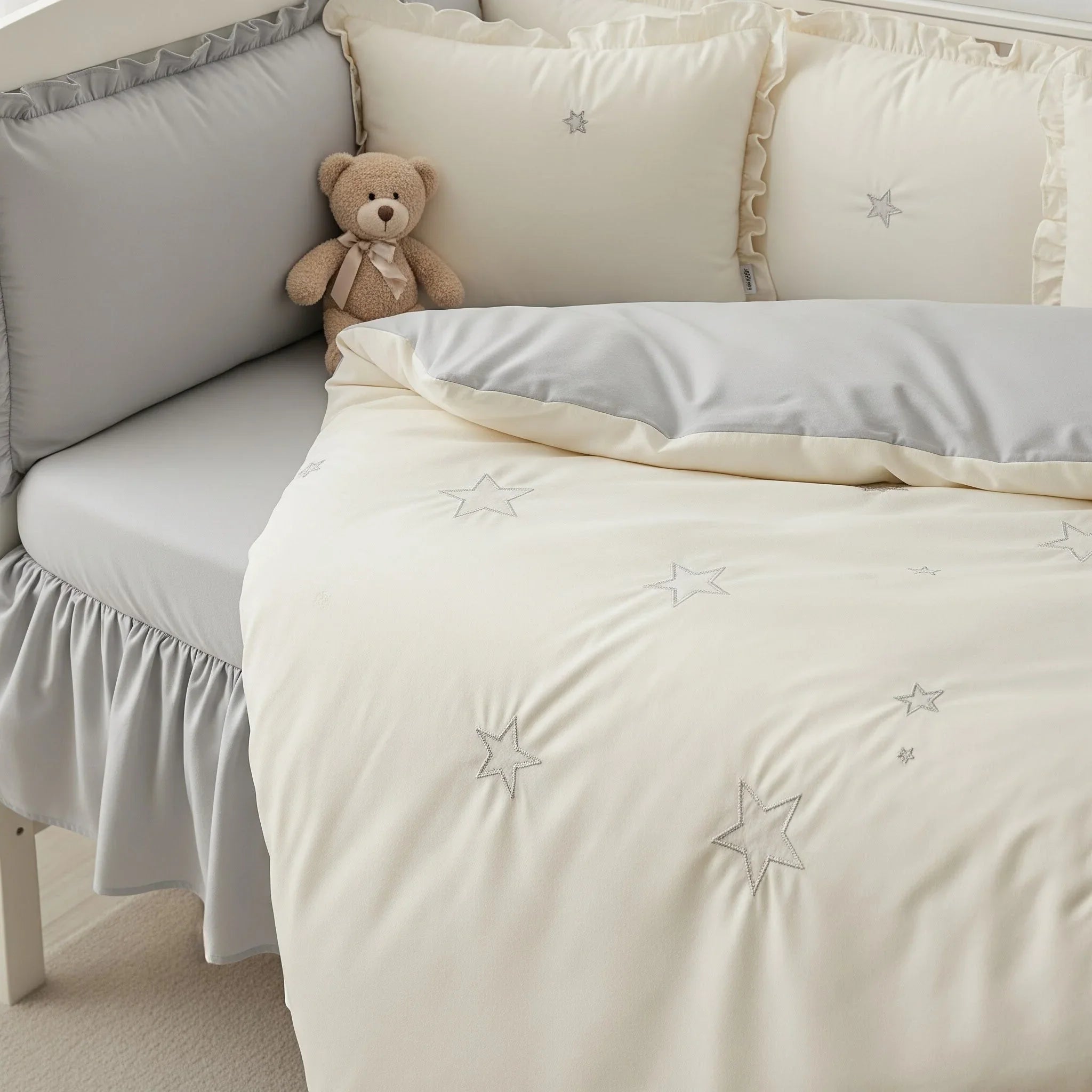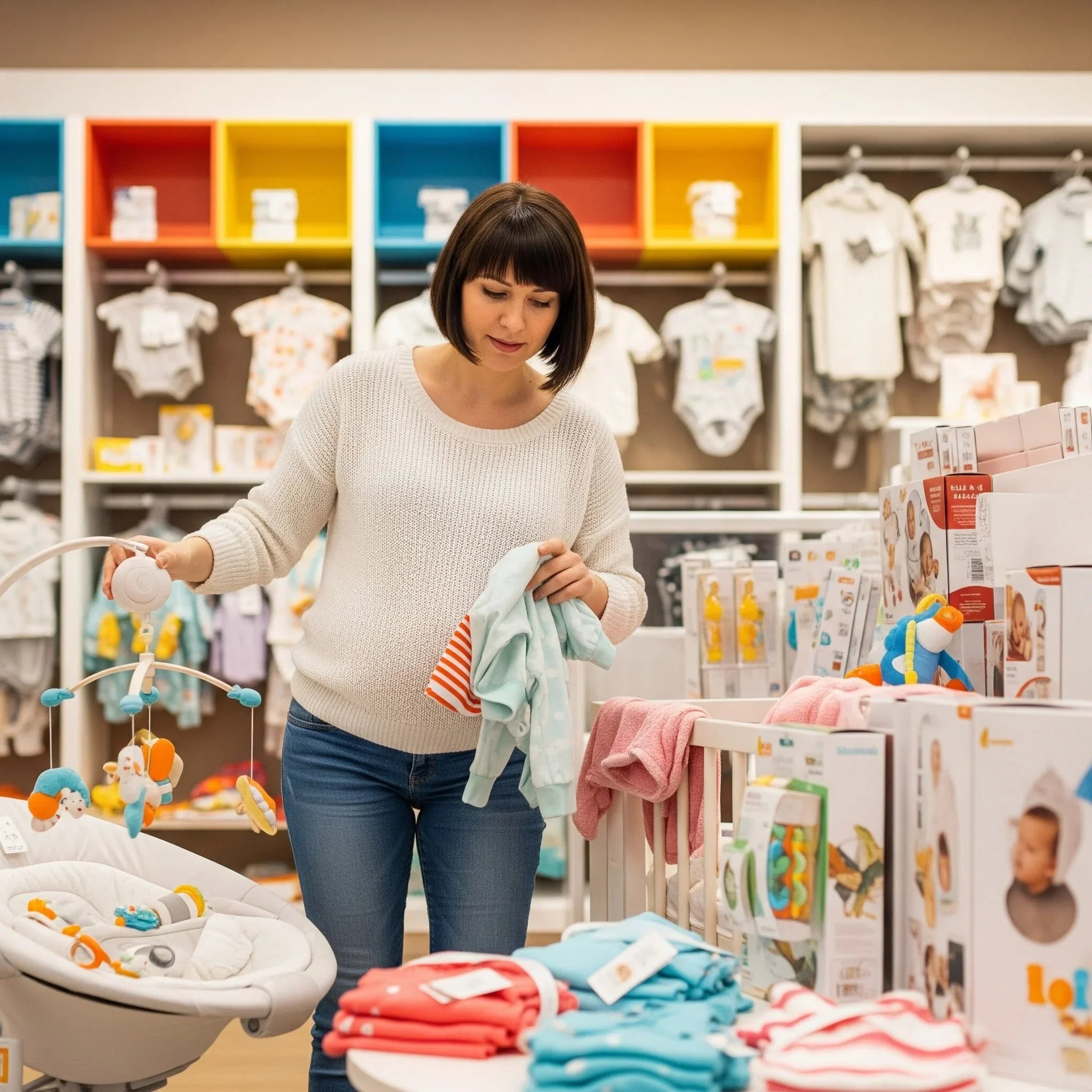Making sure your baby’s teething toys are safe is super important for their health and well-being. When babies start teething, they naturally want to chew on things to soothe their sore gums. Teething toys are great for this, but not all of them are safe, and using the wrong ones could lead to problems like choking, exposure to harmful chemicals, or even injuries.
One big concern with teething toys is choking. Babies love putting things in their mouths, so it’s key to pick toys that won’t break into small parts or have pieces that could easily be swallowed. The toy should also be big enough so that your baby can’t fit the whole thing in their mouth, reducing the risk of choking.
Another thing to watch out for is toxic materials. Some toys, especially cheaper or poorly made ones, might contain harmful chemicals like BPA, phthalates, or even lead. When babies chew on these, those substances can end up in their system, which can cause serious health issues down the road. That’s why it’s best to go for toys that are labeled as non-toxic, BPA-free, and phthalate-free, so you can feel confident that your baby is safe.
Lastly, teething toys should be soft and gentle on your baby’s gums. Toys that are too hard or have rough edges can make teething more painful and could even hurt their delicate gums.
In short, choosing the right teething toys helps protect your baby from choking, harmful chemicals, and gum injuries, making teething a little easier for both of you. Always check labels, look for safety certifications, and read reviews to make sure you’re picking something safe for your little one.
Shop Non-Toxic Baby Teething Toys at Baby Gifts Australia!
What Teething Toys are Safe for Babies
When babies begin teething, typically around 4 to 7 months old, they experience discomfort and a natural urge to chew on objects to soothe their sore gums. This is where teething toys come in handy, providing a safe and effective way for babies to relieve the pain associated with teething. However, not all teething toys are created equally, and it’s essential to choose ones that are both safe and effective. Let’s dive into what makes a teething toy safe and why these aspects matter.
1. Material Safety – Non-toxic and BPA-Free
The material of a teething toy is one of the most important factors in determining its safety. Babies put everything in their mouths, so choosing teething toys made from safe, non-toxic materials is crucial. Toys should be free from harmful chemicals like BPA (bisphenol-A), phthalates, PVC, and lead. These substances are sometimes found in plastics and can leach out when babies chew on them. BPA, for instance, is linked to hormonal disruptions, while phthalates can cause developmental issues.
Teething toys made from food-grade silicone or natural rubber are excellent choices. Food-grade silicone is soft, flexible, and durable, making it a safe option for babies to chew on. Natural rubber, like that used in some eco-friendly teething toys, is also non-toxic and provides a slightly firmer texture that many babies find comforting. Always look for labels indicating that the toy is BPA-free, phthalate-free, and made from safe materials.
2. Durability and Design – No Small Parts or Breakable Pieces
Teething toys should be durable enough to withstand constant chewing without breaking. Babies have powerful jaws even early on, and a toy that breaks into small parts can pose a choking hazard. Ensure that the toy is one solid piece or that any parts are securely attached, leaving no risk of detachment during play or chewing.
Avoid toys with beads, small detachable parts, or components that could be bitten off, as these can become dangerous. The design should be simple yet effective, with no unnecessary frills that could create risks. Opt for toys with sturdy, seamless construction to reduce the possibility of breakage or small parts coming loose.
3. Size and Shape – Large Enough to Prevent Choking
Another critical safety factor is the size and shape of the teething toy. The toy should be large enough that it cannot fit entirely into the baby's mouth, which could lead to choking. Avoid toys with small, narrow parts that could be swallowed or lodged in the throat. A good rule of thumb is to choose toys that cannot be compressed into a shape small enough to block the airway.
Shapes that are easy for little hands to grip and maneuver are best, as babies are still developing fine motor skills. Look for toys with loops, rings, or simple designs that make it easy for babies to hold onto without struggling.
4. Soft and Gentle Texture – Avoiding Gum Injuries
Babies’ gums are incredibly sensitive during teething, and hard or sharp toys can cause more harm than good. Teething toys should have a soft, flexible surface that provides gentle relief without irritating the gums further. Soft silicone, rubber, or fabric-covered toys are ideal for this purpose. Many babies prefer a variety of textures, so choosing a toy that offers different surfaces—smooth, ridged, or bumpy—can help soothe different areas of the gums and provide additional sensory stimulation.
While hard plastic toys may be durable, they’re often too harsh for a baby’s tender gums. Softness doesn’t mean lack of durability, though—quality silicone and rubber can withstand teething while being gentle enough to avoid injury.
5. Freezing and Cooling Options
Some teething toys are designed to be frozen or chilled, which can provide additional relief for sore gums. Toys that can be cooled in the refrigerator offer a soothing sensation when cold. Look for toys that are specifically labeled as freezer-safe, as not all materials are suitable for freezing. Water-filled or gel-filled teethers can be excellent, as long as they are designed to be safely frozen and are made with non-toxic materials. Be cautious of teething toys filled with liquid, as they can leak if punctured. It’s best to choose sealed, solid designs that cool without the risk of leaking.
6. Easy to Clean and Sterilize
Babies' immune systems are still developing, so hygiene is a top priority when choosing a teething toy. The toy should be easy to clean and sterilize to prevent the buildup of bacteria or mold. Toys that can be boiled, thrown into the dishwasher, or easily wiped down with baby-safe cleaners are ideal. Silicone, in particular, is a material that is resistant to bacterial growth and easy to sanitize.
Avoid toys with hard-to-reach crevices or intricate designs that could trap moisture and harbor germs. Mold buildup is a common issue with some toys, particularly those with holes or hollow areas where water can get trapped.
To add up, safe teething toys are essential for helping your baby through the uncomfortable teething phase. The best teething toys are made from non-toxic, BPA-free materials, are durable, and have no small parts that could break off. They should be large enough to prevent choking, soft enough to protect sensitive gums, and, ideally, offer a variety of textures and cooling options for added relief. Additionally, they should be easy to clean to ensure they stay hygienic and safe for your little one. By carefully selecting safe teething toys, you’re ensuring that your baby can chew, explore, and find comfort without the worry of potential hazards.









